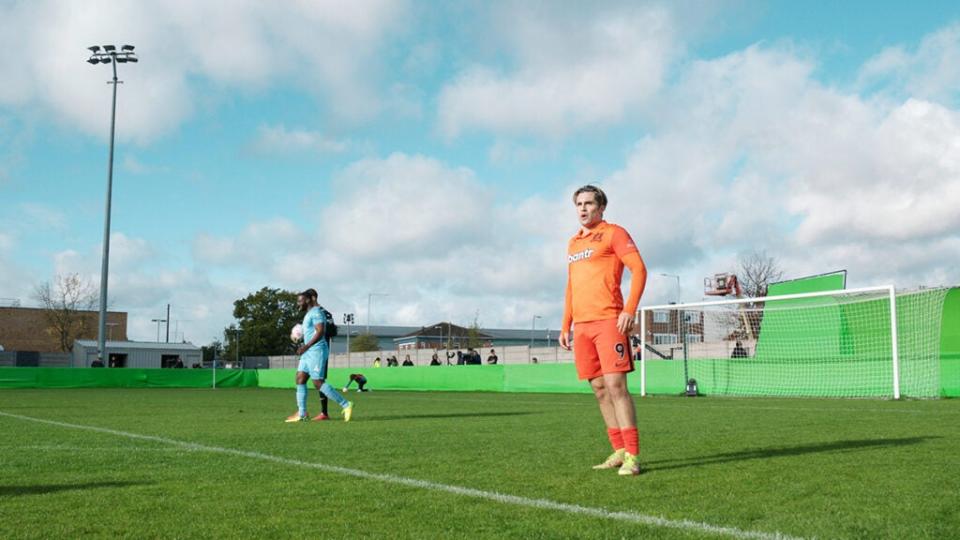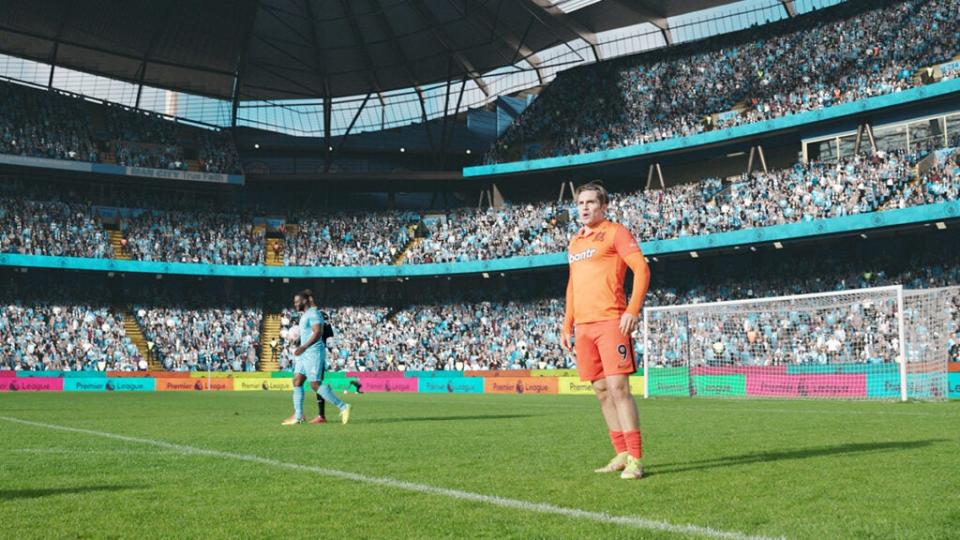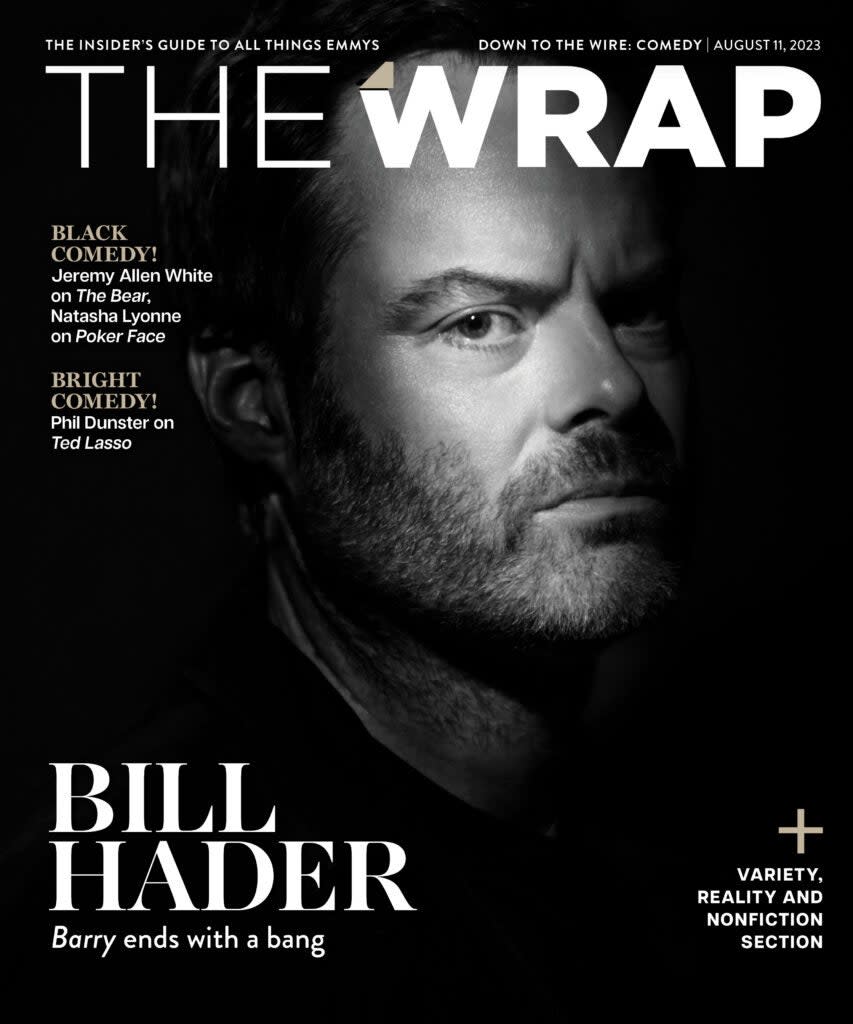‘Ted Lasso’: How Its Emmy-Nominated VFX Team Fills Those Stadiums
This story about the visual effects of the “Mom City” episode of “Ted Lasso” first appeared in the Down to the Wire: Comedy/Variety/Reality/Nonfiction issue of TheWrap’s awards magazine.
If you survey the Outstanding Special Visual Effects in a Single Episode category among this year’s Emmy nominations, it pretty much makes sense: “Wednesday,” “Shadow and Bone,” “The Nevers,” “The Umbrella Academy,” “Five Days at Memorial” (they had to recreate a hurricane) and… “Ted Lasso?”
“Yeah, it’s kind of an anomaly,” on-set visual effects supervisor James MacLachlan said before explaining how the scale of a feel-good comedy landed it a nomination alongside sci-fi/adventure romps. “We were very fortunate at the beginning. A lot of people loved the show and got on board. And with that comes the inevitable, ‘Well, let’s make next season just that little bit bigger, that little bit wider, that little bit more ambitious.’ That happened for Season 2 and then again for Season 3. With “Mom City” (the episode for which the VFX artists were nominated), we had 258 shots of football to turn over and a lot of other visual effects shots as well.”
MacLachlan joined just before the show’s second season, when the football matches played by the once-hapless AFC Richmond team coached by Jason Sudeikis’ title character became bigger and bigger. The actual football action is largely shot at the home pitch of Hayes & Yeading, a semi-pro West London team that plays in a much smaller stadium than the Premiere League venues in which the “Ted Lasso” action takes place. That means that crowd sequences needed to be beefed up to give the impression of full-on, cheering stadiums of 50,000-plus fans. “We need to make sure that they looked like genuine Premier League matches,” MacLachlan said. “But none of the Premier League football grounds will allow you on or anywhere near their pitches that time of year.” They also used strategically placed extras in football scenes where the crowd is visible in the background. “With the main actors in the foreground, we would scramble around with a series of crowd assistant directors who are utterly brilliant at shuffling people around. We would fill the background as best we could, and then there’d be buckets of empty seats around them. And then we’d fill in the rest of the stadiums with real people doing real action with real emotion. All the people you see in the stands are real, not digital people with motion capture. We would capture them as a volume, which means they’re like a 3D object—they have a depth. And that meant we were able to put people however we want in the stadium.”


MacLachlan noted that his team also used aerial and terrestrial photography to accurately depict the various stadiums, some of which have notable differences. Manchester City, for example, has a significant elevation change that alters sightlines, which the VFX team also accounted for. For the Man City scenes in the “Mom City” episode, they also had that team’s actual coach, Pep Guardiola, roaming the sideline near Jason Sudeikis’ Ted. “He was limited for time but was exceptional, always near Jason doing great things,” MacLachlan said. “But when we got into editing, we realized we needed a tiny little version of him for some of the wide shots. So, we jumped into AI and had a little version of him made which we animated very quickly.”
MacLachlan also noted the irony of a gig that involved the creation of modern sports crowds in the U.K. when one of his most famous jobs was working on the visual effects for the barren zombie sequel “28 Weeks Later” more than 15 years ago. “The one thing that I noticed when I was first working on this job at the height of the pandemic was getting on my bicycle and the streets were empty, dead,” he said, laughing. “And all I could think was how many people I painted out of scenes in 28 Weeks Later because it needed to be a deserted landscape.”
Read more from the Down to the Wire: Comedy/Variety/Reality/Nonfiction issue here.

The post ‘Ted Lasso’: How Its Emmy-Nominated VFX Team Fills Those Stadiums appeared first on TheWrap.


